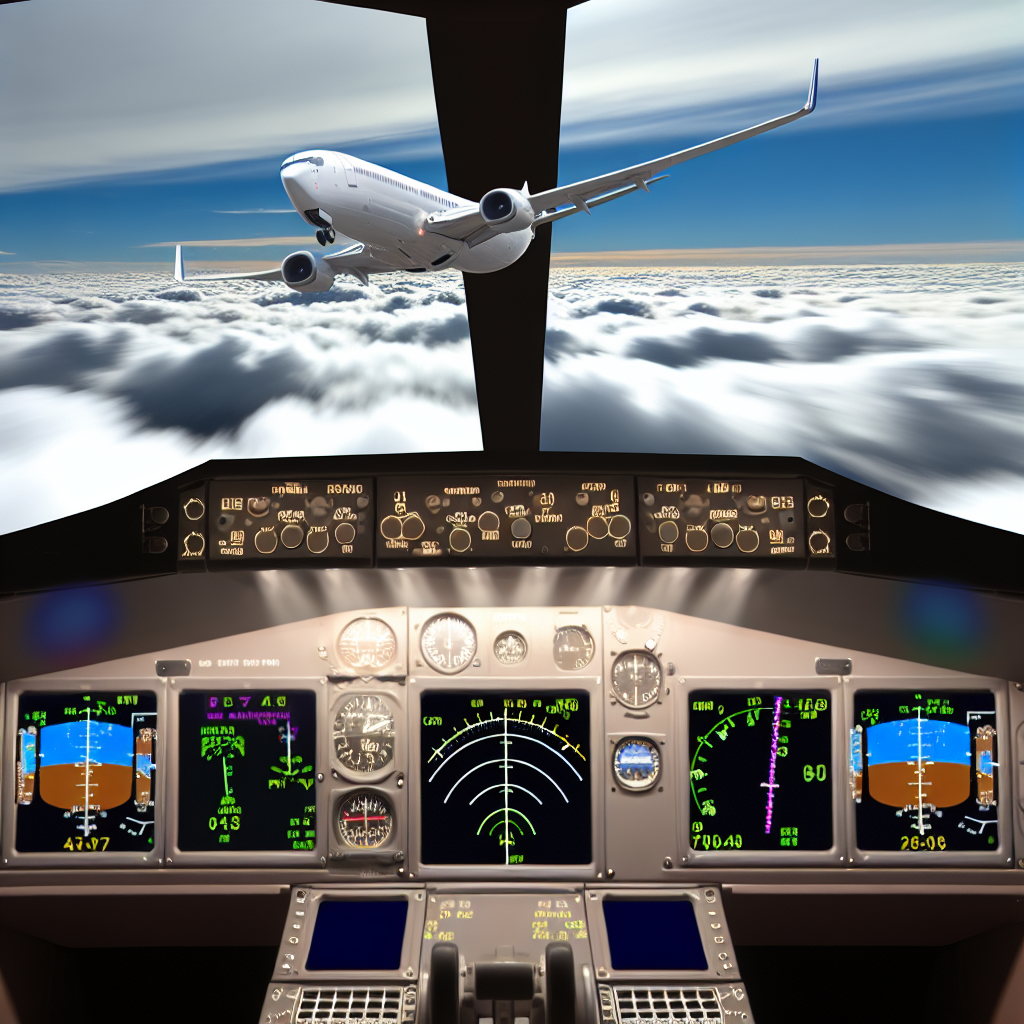
Continuing the journey of learning to fly, these are insights from my experience. You can explore the entire Fly With Francis series here.
It’s been quite some time since my last Learning to Fly update. During this interval, I successfully completed my first biennial flight review, a crucial assessment that pilots undertake every two years with an instructor to ensure proficiency in their flying skills and understanding of aviation regulations.
During this time, I engaged in extensive local flying around Puget Sound, along with several journeys over the mountains to central Washington, all while utilizing rented aircraft from Galvin Flying.
Given the notoriously poor winter weather in the Pacific Northwest, which features low clouds and rain, it had been a couple of months since my last flight. Luckily, I managed to secure a session with a reliable CFI during a brief weather improvement, and we set off for some practice.
I truly miss the structured environment of flight training, where you would face constant challenges and would be required to demonstrate flight maneuvers or emergency protocols at any moment. Although there are still numerous pressures when flying solo, you can easily fall into a comfortable routine.
Our training session began with three circuits around Seattle’s Boeing Field, focusing on touch-and-go landings. We then departed the pattern and headed to one of our designated practice areas, referred to as the northeastern practice area, which is conveniently located northeast of BFI. Other practice areas include west practice, located across Puget Sound east of Bremerton Airport, and southeast practice, which lies southeast of BFI, near Auburn Airport.
Much of my own flying ventures have taken me southwest toward Tacoma Narrows Airport or northwest toward Jefferson County Airport in Port Townsend. Therefore, we chose to explore the northeastern area for a change of scenery, as it also offers the shortest commute of the training zones.
Our aircraft for the day was a Cessna 172, equipped with a Garmin G1000 navigation and instrumentation system that displays nearby air traffic. This technology provided alerts about surrounding aircraft, even as we descended towards BFI while avoiding Seattle’s Bravo airspace overhead.
There wasn’t anything particularly exceptional about this flight; we performed touch-and-go maneuvers, a few stall exercises—including a power-off approach stall and a power-on departure stall—before making our way back to the airfield.
Regular practice sessions like this are essential for maintaining a pilot’s safety and proficiency. I plan to fly with Adam again this spring to tackle some simulated emergency situations and keep my skills sharp.
Lastly, let me share one of my favorite views from the cockpit. Stay tuned for more updates as the summer season approaches.
Article has been taken from aviationweek.com: https://www.airlinereporter.com/2024/03/learning-to-fly-with-francis-maintaining-currency/



